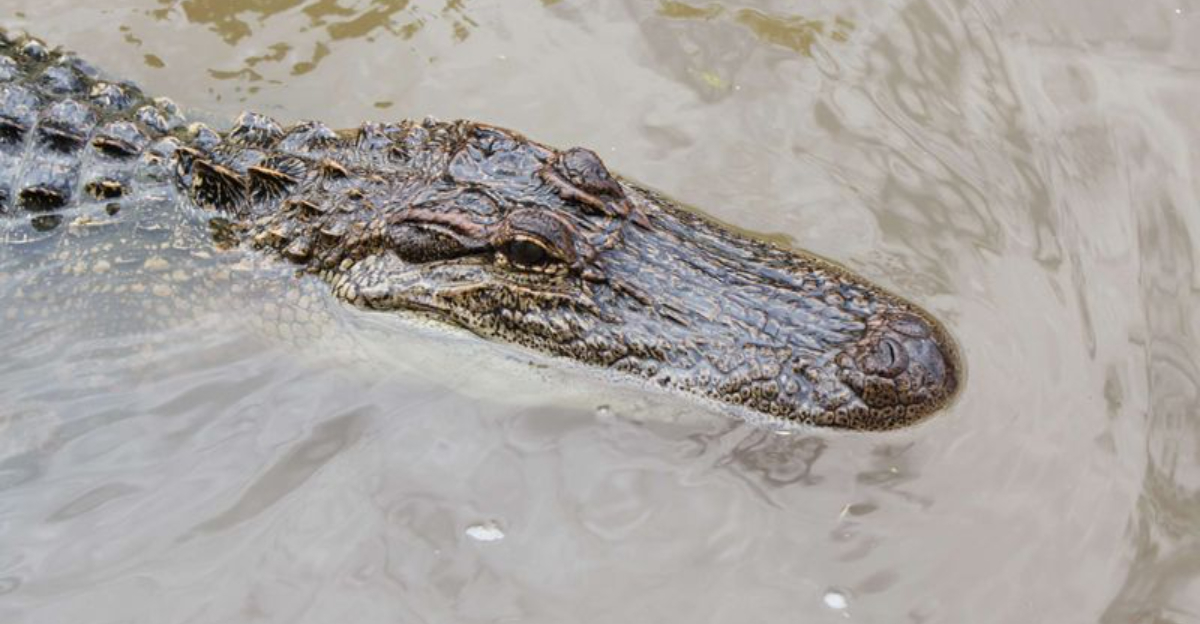Lurking beneath the murky waters of Louisiana’s bayous, alligators have captivated my imagination since I was a kid fishing with my grandpa.
These prehistoric-looking creatures have thrived in these swampy ecosystems for millions of years, adapting perfectly to their environment.
Beyond their fearsome reputation, these reptiles lead fascinating lives filled with surprising behaviors and remarkable survival skills that few people ever get to witness.
Anatomy: Built For The Bayou
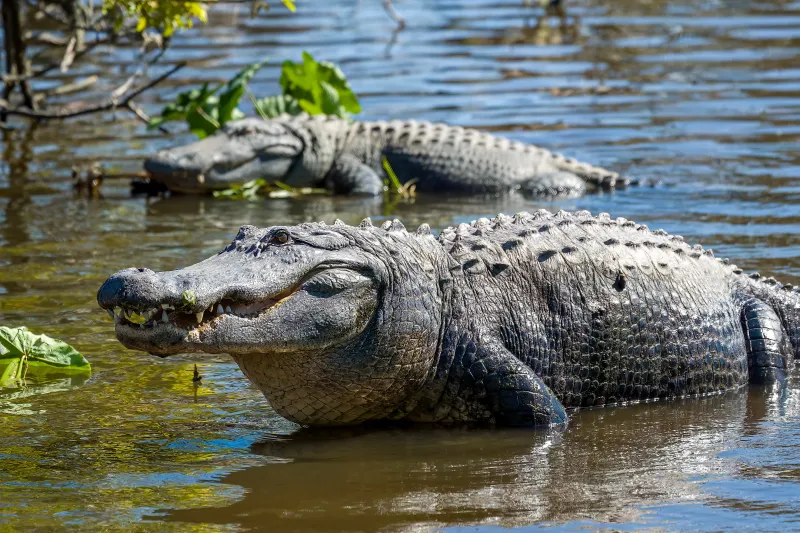
Alligators are nature’s perfect bayou machines!
Their armored bodies feature a powerful tail that makes up half their length. This tail works like a built-in motor, propelling them through water with surprising speed.
Their eyes and nostrils sit high on their heads, allowing them to breathe and see while the rest of their body remains hidden underwater.
Most impressive are their jaws, which can exert up to 2,000 pounds of pressure when biting down.
Diet: From Crayfish To Nutria

You’d be shocked at what these reptiles consider a proper meal! Young alligators primarily feast on insects, crayfish, and small fish, while adults transform into opportunistic predators that will eat almost anything they can catch.
Their menu also includes turtles, birds, deer, and occasionally other alligators.
Contrary to horror stories, alligators rarely target humans as food.
They swallow smaller prey whole. Plus, their incredible metabolism allows them to go months between meals when necessary.
Hunting: Ambush Artists
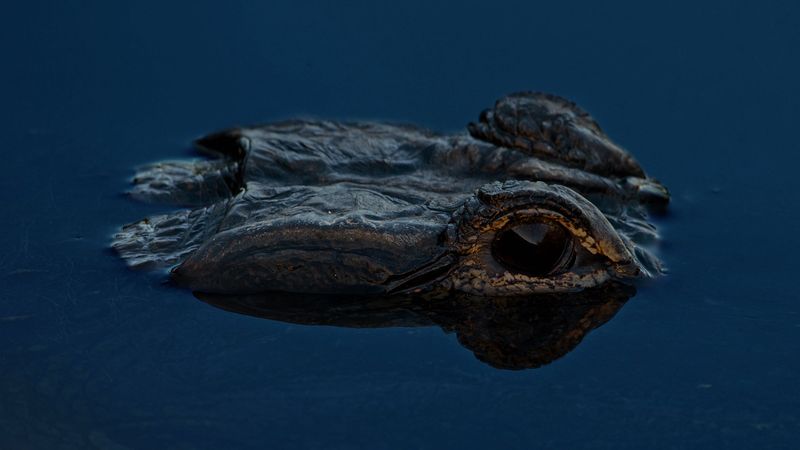
Gators are the ultimate patient hunters.
Despite their bulky appearance, these predators employ sophisticated hunting strategies that have been perfected over millions of years.
Their favorite technique? The ambush.
When they attack, it happens with shocking speed, lunging forward with explosive power that sends water spraying everywhere.
At night, their eyes glow red when caught in flashlight beams, a spooky sight that helps researchers locate them.
Habitat: The Bayou Tapestry
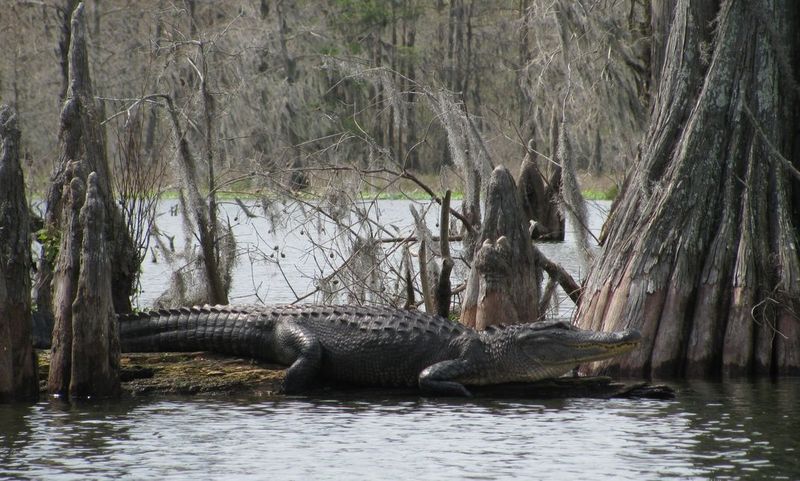
Louisiana’s bayous create the perfect alligator playground! These intricate waterways weave through cypress forests draped in Spanish moss, creating a mysterious landscape where gators thrive among the knobby cypress knees and floating vegetation.
The mixture of freshwater and brackish areas provides varied hunting grounds.
Gators actually help shape their environment by creating “gator holes,” depressions they dig that fill with water during dry periods, benefiting countless other species.
My favorite bayou for spotting them is Honey Island Swamp, where the tea-colored water provides perfect camouflage.
Survival Strategies
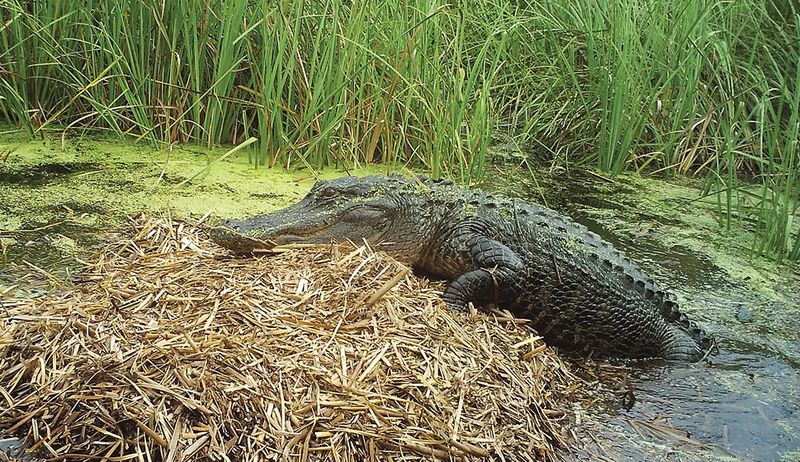
These remarkable survivors have outlasted dinosaurs thanks to some impressive adaptations.
When winter arrives, they don’t truly hibernate but enter a state called brumation, slowing their metabolism dramatically while submerging with just their nostrils above water.
Perhaps most surprising is their longevity. Alligators can live 50+ years in the wild.
Their immune systems are extraordinary too, allowing them to recover from grievous injuries that would be fatal for most animals.
Field Guide: Where To See Them
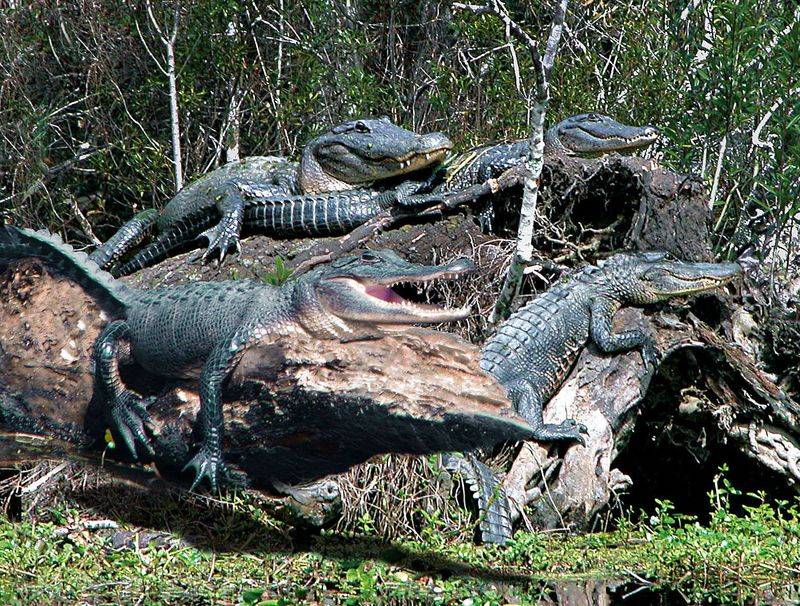
Want to spot these prehistoric beasts safely? The Atchafalaya Basin offers prime viewing opportunities with its maze of waterways and abundant gator population. I recommend Jean Lafitte National Park’s Barataria Preserve, where elevated boardwalks let you observe from a comfortable distance.
Honey Island Swamp tours provide expert guides who know exactly where the local gators hang out.
For a more adventurous experience, kayaking the quieter bayous near Lake Martin lets you glide silently past sunning alligators.
The best viewing times are early morning or late afternoon when they’re actively basking.
Seasonal Calendar
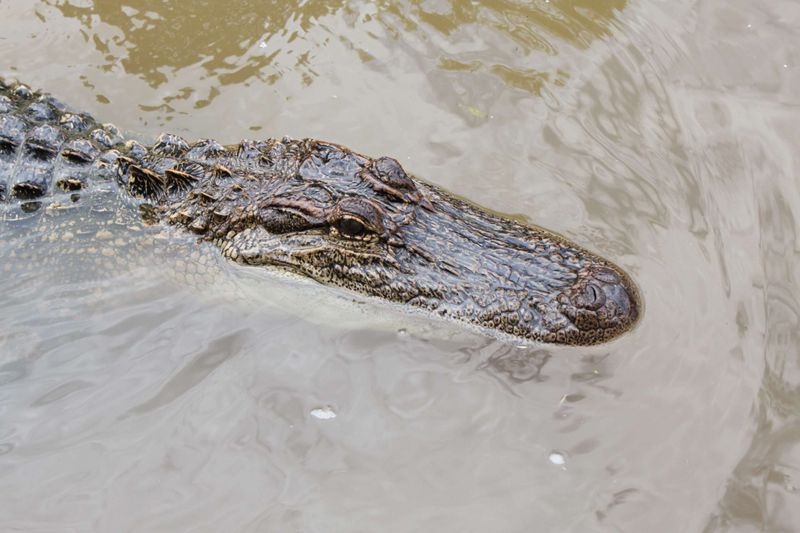
Spring brings the alligator mating season, when males bellow thunderous mating calls that vibrate the water around them!
Summer sees females building their nests and fiercely guarding eggs until they hatch in late August or early September.
Fall is feeding frenzy time as gators pack on weight before winter’s cooler temperatures arrive.
Winter offers a unique opportunity to spot large adults basking on sunny banks, absorbing heat during warmer days.
The seasonal rhythm of their lives follows ancient patterns, with courtship displays, territorial behaviors, and feeding habits all tied to Louisiana’s changing seasons.
